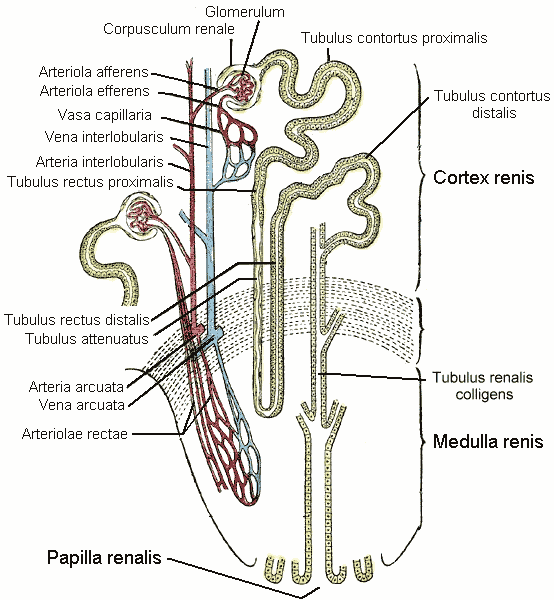| drug | Metolazone |
| patient details | |
| classification | Thiazide-like diuretic |
| pharmacokinetics | | absorption | Rapidly absorbed from the gastrointestinal tract. | | distribution | Distributed throughout the body, including the kidneys, and crosses the placental barrier. | | metabolism | Metabolized in the liver. | | excretion | Primarily excreted by the kidneys. |
|
| suggested dosage | | initial | 2.5-5 mg orally once daily, maximum daily dose 20 mg. | | maintenance | Adjust as needed depending on response to therapy. | | note | Dosage must be individualized based on the patient's response and renal function. Consult a healthcare professional for specific recommendations. |
|
| indications | | 1 | Edema associated with congestive heart failure, cirrhosis, or nephrotic syndrome | | 2 | Hypertension | | 3 | Treatment of fluid retention |
|
| safety pregnancy | | category | C | | note | Metolazone should be used during pregnancy only if the potential benefit justifies the potential risk to the fetus. Adequate monitoring is crucial. |
|
| safety breastfeeding | | note | Metolazone may be excreted in breast milk. The potential benefits and risks should be discussed with a healthcare professional before use. |
|
| side effects | | 1 | Headache | | 2 | Dizziness | | 3 | Lightheadedness | | 4 | Dry mouth | | 5 | Thirst | | 6 | Muscle cramps | | 7 | Nausea | | 8 | Vomiting | | 9 | Loss of appetite | | 10 | Constipation | | 11 | Diarrhea | | 12 | Abdominal pain | | 13 | Fatigue | | 14 | Weakness | | 15 | Elevated blood sugar and lipids (long-term) | | 16 | Electrolyte imbalances (sodium, potassium, chloride, magnesium) | | 17 | Dehydration | | 18 | Photosensitivity | | 19 | Skin rash | | 20 | Urticaria | | 21 | Hypotension | | 22 | Urinary frequency or urgency | | 23 | Kidney stones | | 24 | Increased serum uric acid |
|
| alternatives | |
| contraindications | | 1 | Severe renal impairment | | 2 | Severe hepatic impairment | | 3 | Known hypersensitivity to metolazone or other sulfonamide drugs | | 4 | Anuria | | 5 | Dehydration | | 6 | Electrolyte imbalance |
|
| interactions | | 1 | Lithium | | 2 | Digoxin | | 3 | Nonsteroidal anti-inflammatory drugs (NSAIDs) | | 4 | Other diuretics | | 5 | Antidiabetic drugs | | 6 | Cardiac glycosides | | 7 | Aminoglycosides | | 8 | Potassium-sparing diuretics | | 9 | ACE Inhibitors |
|
| warnings precautions | | 1 | Monitor for electrolyte imbalances, especially potassium and sodium. Frequent blood tests may be necessary. | | 2 | Monitor renal function. Avoid use in patients with severe renal impairment. | | 3 | Use caution in patients with gout or a history of kidney stones | | 4 | Avoid use in patients with known sulfa allergies | | 5 | Avoid in combination with other diuretics unless under strict medical supervision |
|
| additional information | | 1 | Metolazone is a potent diuretic, which may lead to a significant loss of water and electrolytes. Careful monitoring of hydration and electrolyte levels is essential. | | 2 | Sudden discontinuation can lead to rebound effect or worsening of underlying condition. Dosage should be tapered gradually | | 3 | Use in conjunction with appropriate laboratory monitoring. Blood tests for electrolytes and creatinine levels are needed in this case. |
|
| disclaimer | This information is for educational purposes only and should not be considered medical advice. Always consult with a qualified healthcare professional before starting or stopping any medication. |
